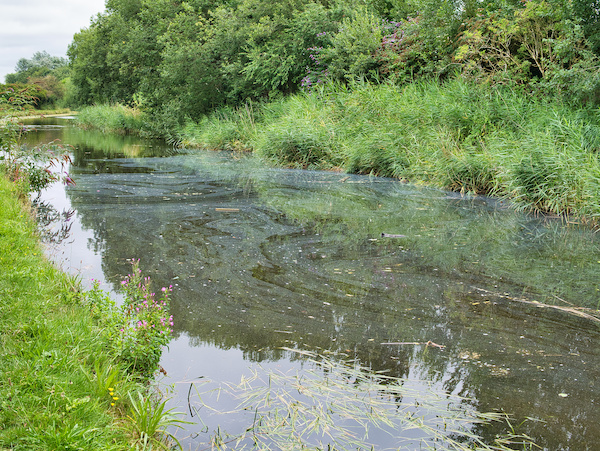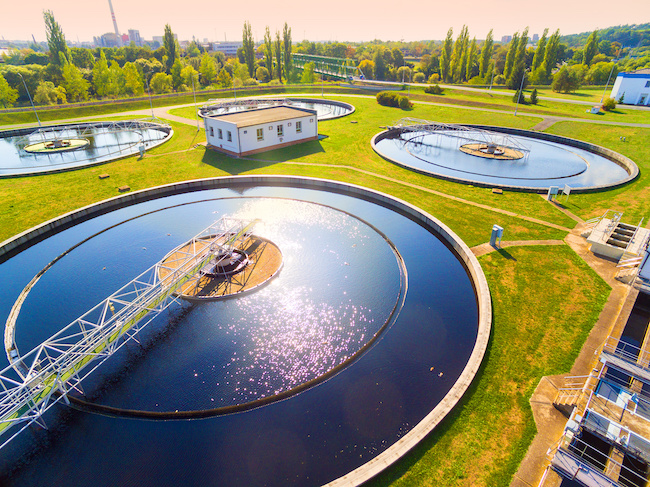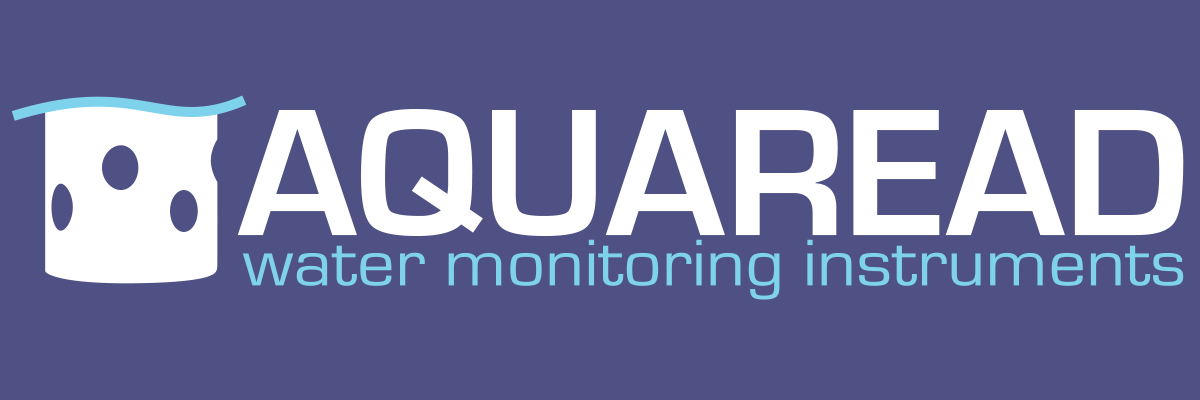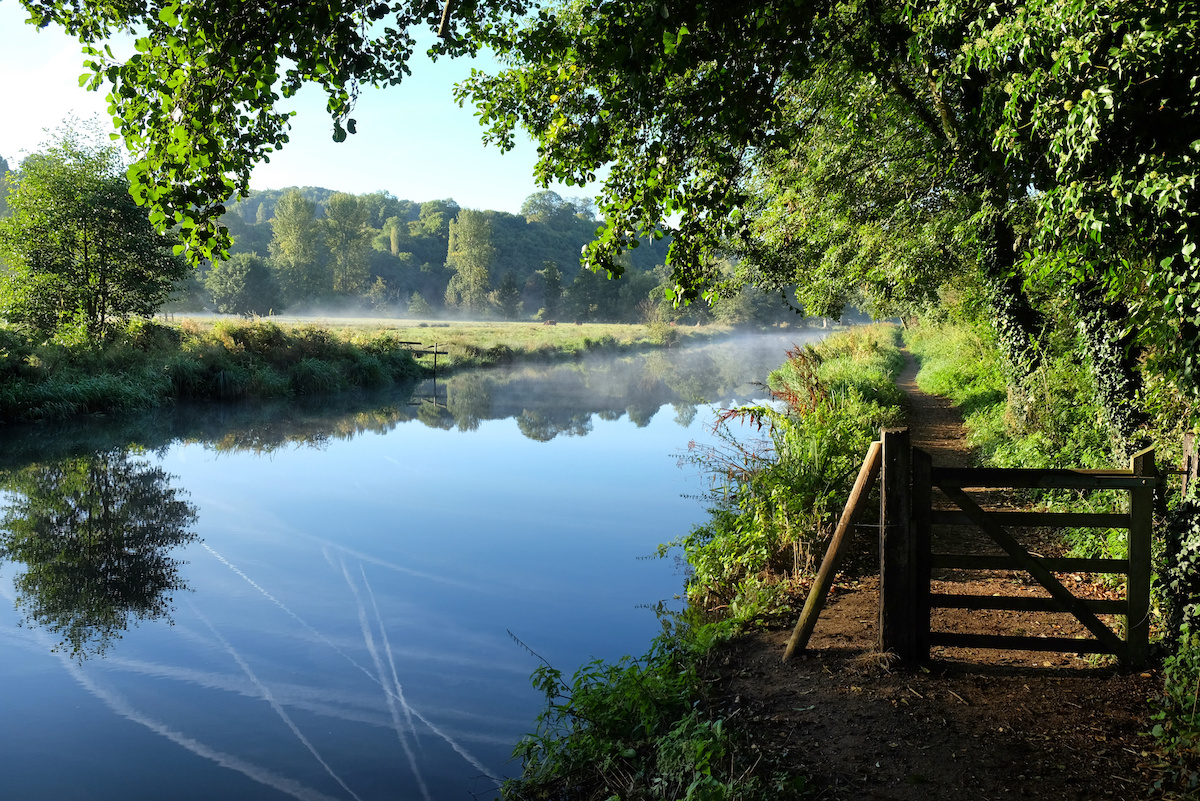In previous blogs, we’ve talked about the state of the UK’s rivers and the significance of clean water. We know that water pollution is a huge issue in the UK and across the world, with various factors contributing to poor water quality — from agricultural activities to urban runoff.
But what – if anything – is being done to manage it? And what could we be doing better to see a cleaner future for the UK’s waters?
What’s being done to manage water quality currently?
There are various initiatives and bodies in the UK that aim to monitor and improve water quality. We’re going to take a look at two key players here — the Water Framework Directive and the Environment Agency — their goals, and their responsibilities.
The Water Framework Directive
The WFD is a European Union directive that has established a framework for the protection and improvement of water quality. Countries involved are required to monitor and assess water quality and develop feasible strategies to achieve “good ecological status” for surface and groundwater bodies.
In force since 2000, the WFD has seen a good amount of progress in the protection of water resources. But is it enough?
Well, in 2018, the European Environment Agency reviewed the progress of goals laid out by the WFD. Sadly, they found that only 40% of the surface water bodies in the EU were in good or high ecological status — just 16% for the UK.
The initial target was that 100% of water bodies would achieve ‘good’ status by 2015. Because of the poor progress, this has since been extended to 2027.
Political will to make this work has been lacking, despite many non-compliant member states being taken to court and having to pay large fines. There has also been pressure to reduce the demands of the WFD by industry lobby groups in the face of clear evidence in favour of it, and statements of support from the EU’s smartest minds.
The Environment Agency

The UK’s Environment Agency helps manage water quality in a few ways:
- Via permits for activities that may impact water quality
- Via water quality monitoring and requirements for water companies to monitor water quality local to their assets
- Via investigations into pollution incidents
- By working with councils and businesses to provide support & guidance on reducing water pollution
While The Environment Agency has a crucial role to play in improving the UK’s water quality, there is some uncertainty around whether or not they’re playing it to the level necessary. Take a look at their October 2022 goals for 2023, for example:
- ‘By 2025 rivers, lakes, groundwater and coasts will have better water quality’
- 1300 Km of water environments will be ‘enhanced’
These goals sound a little vague, especially considering the strict targets of the WFD. Alongside this, multiple failures have been revealed, like the fact that the EA knew raw sewage was being released into waterways over a decade before investigations began. It’s also incredibly difficult to get an accurate picture from any of the EA’s online resources regarding their monitoring efforts — in other words, there is very little in the way of concrete data and statistics.
What’s behind this vagueness & lack of real progress? Political lobbying, budget cuts, and lack of in-field work?
Indeed, in January 2023, thousands of EA staff went on their first ever strike over pay. Salaries are reported to have fallen by more than 20% when compared to inflation in the last thirteen years.
Staff morale is reportedly low, not just because of low pay, but because underfunding and responsibility changes have meant that in-field work has been deprioritised. Before 2009, EA’s staff took independent samples from the areas surrounding water companies. Then, it changed its policy, allowing water companies to self-monitor and self-report their own discharges and breaches. Without presuming all water companies are criminally liable, that is somewhat comparable to asking crimes to report themselves — will it happen accurately? Will it happen at all?
How water quality management might be improved
It’s clear from reports on the progress of various water quality directives that targets aren’t being met. Each week, new stories from citizens emerge — their local lake is full of dead fish, a nearby bay is flooded with sewage, a vital river is slicked with oil and algae.
As we’ve talked about before, serious and urgent action is needed. But what can be done?
Real targets, real support, real funding
Without clearly-defined targets, there is no future in which water is clean and unpolluted.
The Environment Act of 2021 aimed to further enshrine protection of our water environments into UK law. The target sets out that 75% of England’s water bodies achieve ‘good’ ecological status by 2027.
An admirable goal, but are the steps in place to achieve it? For the Act’s goals to be met, proper funding must be given to organisations like the Environment Agency and Natural England.
Public pressure is working, though — in the original iteration of the bill, water barely got a mention. With public outcry and dedicated campaigning, the Government was forced to introduce more solid goals.
Action on (and by) water companies

As we already mentioned, the government’s plans to reduce sewage discharges relies on water companies self-reporting.
Many argue that the Environment Agency needs to take back control of monitoring — and if not, stronger importance needs to be placed on regular inspections.
No more excuses can be made for investing in functioning water treatment infrastructure, especially when water companies record billions in profits. It’s high time that they were held to account for their systems and mistakes, through legislation, fines, and public pressure (which is already building!).
Catchment-based approach
As CaBA explains it, ‘Catchment Based Approach (CaBA) is an inclusive, civil society-led initiative that works in partnership with Government, Local Authorities, Water Companies, businesses and more’.
It places an emphasis on collaboration, aiming to bring together once-siloed operations and organisations.
Top-down regulations alone can’t deliver on such complex promises — CaBA believes in the power of engaging all sectors.
Public awareness and education
With any environmental issue, public awareness is a necessity. Water quality is no different.
While any actions by local citizens are in no way comparable to the mass-dumping of raw sewage into our oceans by water companies, education is a crucial part of preventing water pollution. This can include education on:
- Not pouring oils and fats down the drain
- Exposing of hazardous chemicals properly
- The importance of local ecosystems
- The key contributors to water pollution.
With more public awareness comes more pressure on the real culprits — and public pressure can be a game-changer.
Monitoring
We’ve touched on it throughout this blog, but – if we may be so bold – it requires its own mention. What you can’t monitor, you can’t manage.
Monitoring should be made at all levels, to ensure that we::
- Reach established targets
- React swiftly to incidents
- Have accurate data for reporting breaches
The 2022 House of Commons Committee Report ‘Water Quality in Rivers’ stated that water quality monitoring at that time being undertaken by the government was mainly focused on nutrient levels. Rightly, it said that a variety of other substances should be monitored routinely — such as pesticides and industrial chemicals.
We hope that future water quality strategies will more definitively incorporate monitoring — and that soon, the UK will be tracking its improvements in water quality, not its failings.
Rely on Aquaread
For accurate water quality monitoring for a range of parameters, rely on Aquaread. Our products are available to buy at selected dealers around the world and we’d be happy to chat about what you need!

